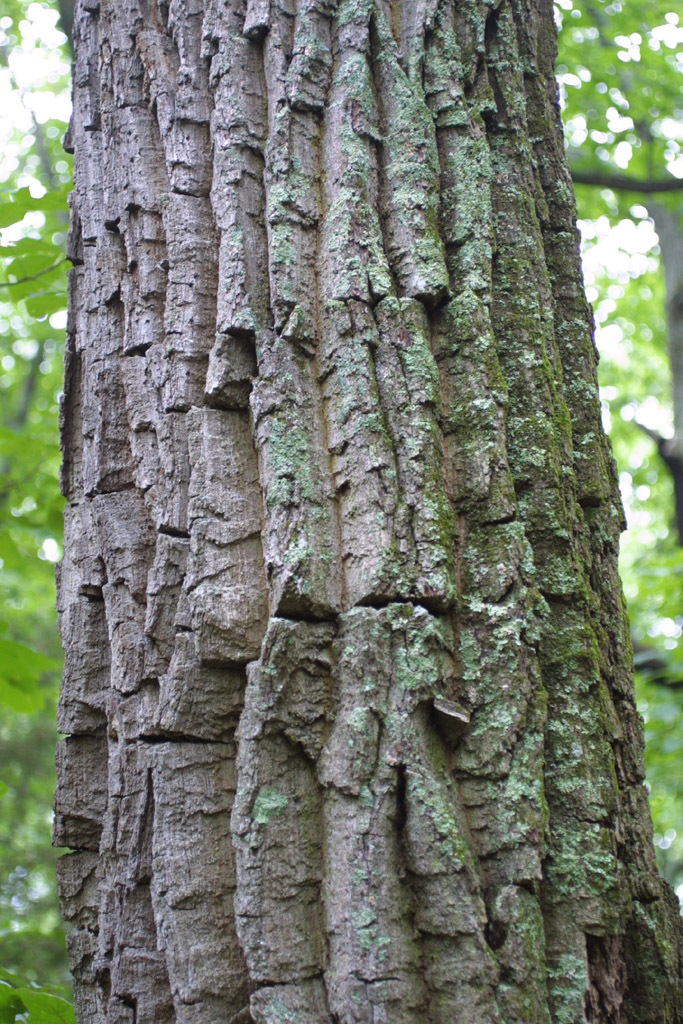Chestnut Oak : Tree Structure
Tree Structure
The Chestnut Oak generally ranges in size from about 50 to 80 feet, but depending on the soil fertility and available sunlight it can grow up to 100 feet tall. A healthy tree produces very large branches that grow symmetrically around the tree and begin to branch around 20 to 30 feet up the trunk. The topographical map that is the trunk’s surface is one of the most famous in the world, highly acclaimed for its cutting edges and daring depth. As a matter of fact, the Chestnut Oak’s surface will not actually help you find your way to Lake Champlain, but the tree is known for its miraculously thick, craggy bark which resembles what the ground may look like after being rocked by a magnitude 26.7 earthquake. The thick bark segments of an adult tree are divided by deep crevices that grow bigger as the tree gets older. Its colour ranges from dark grey to brown to black with rounded, scaly ridges.
The bark is also notable for containing a very high concentration of the bio-molecule tannin. As its name suggests, tannin is an essential component of tanning animal hides to make leather, making the bark very valuable to Native Americans and early settlers who would strip the bark from the trees each spring when it was most easy to peel off, and harvest the tannic acid for their tanning purposes. In the present-day the bark is used commercially for both its tannic acid and a red dye that can be extracted from it. Its bark is the thickest of all the Eastern North American Oaks.

